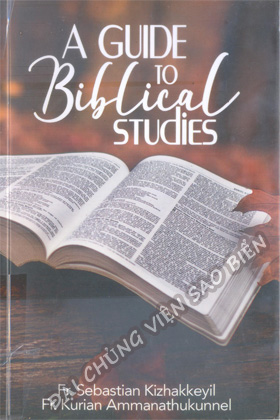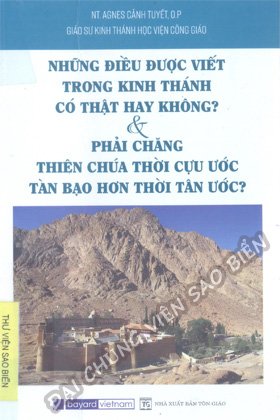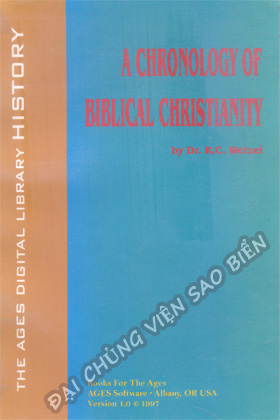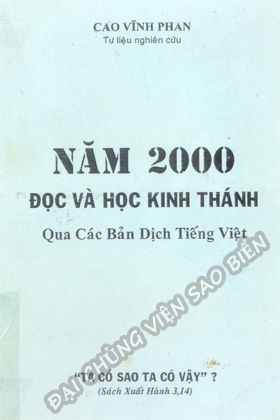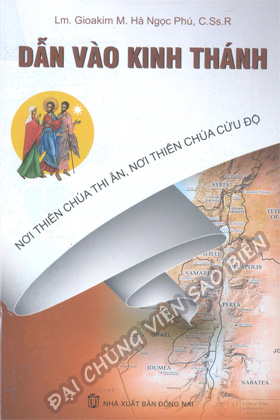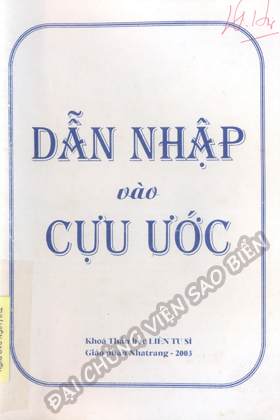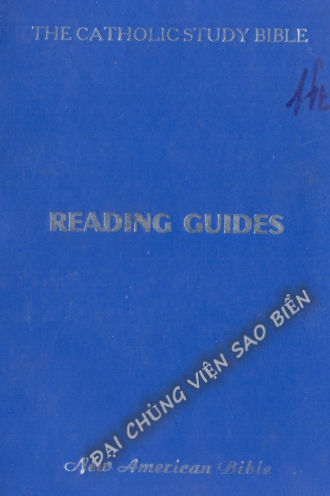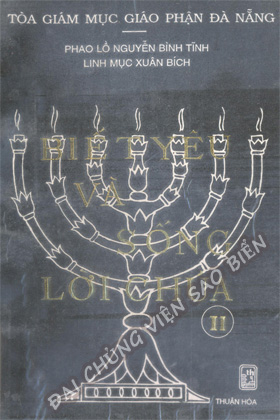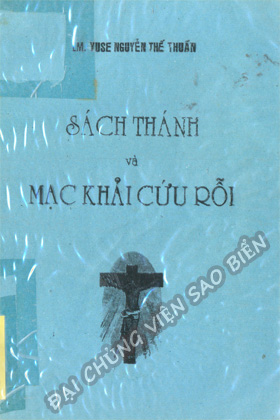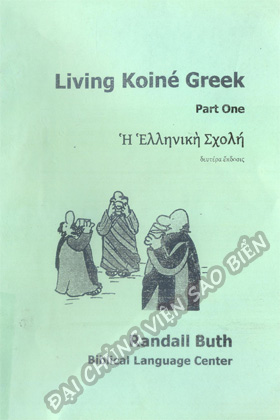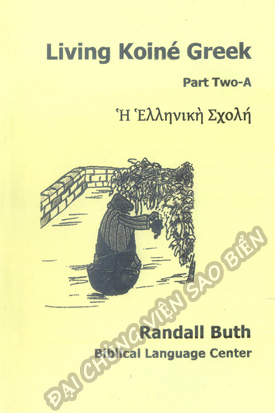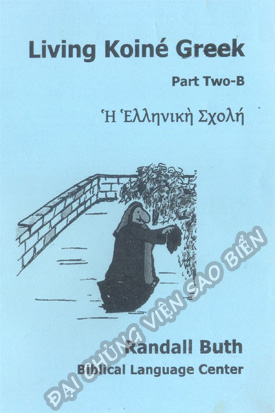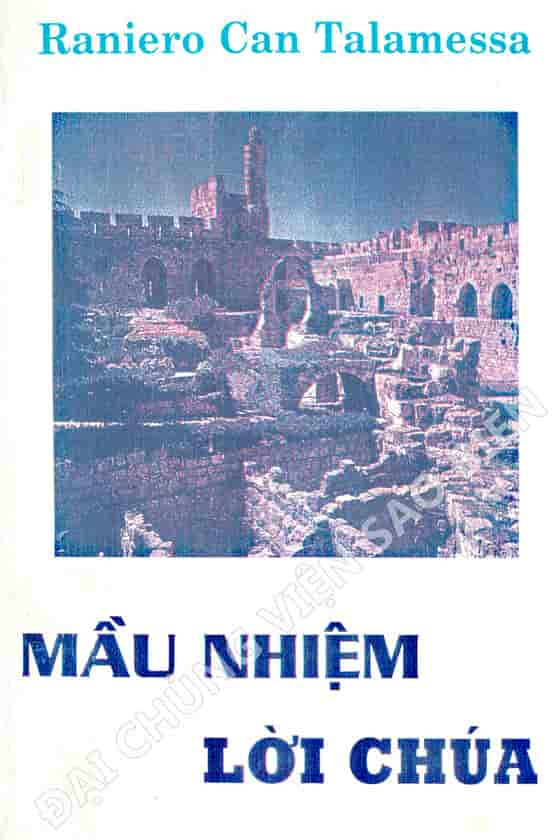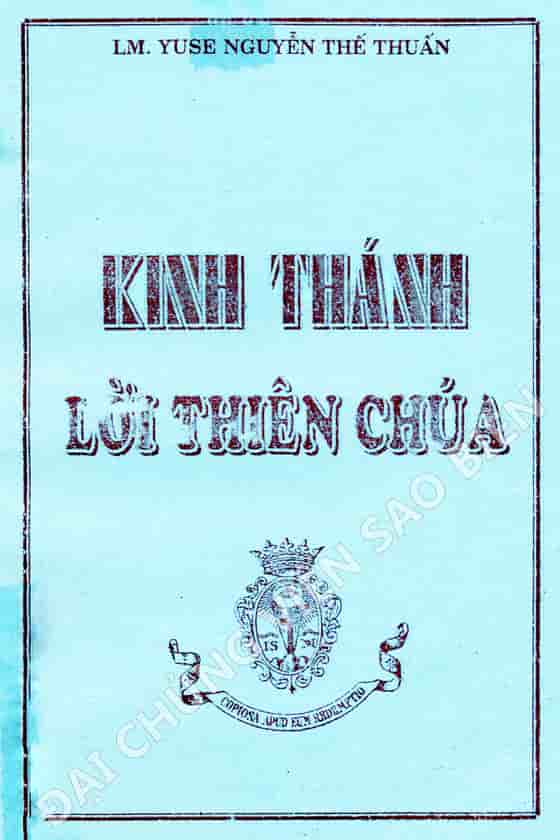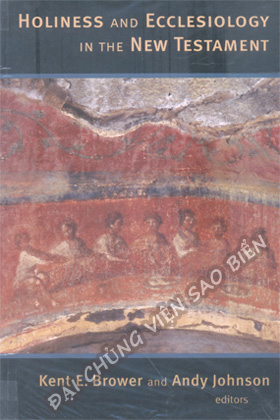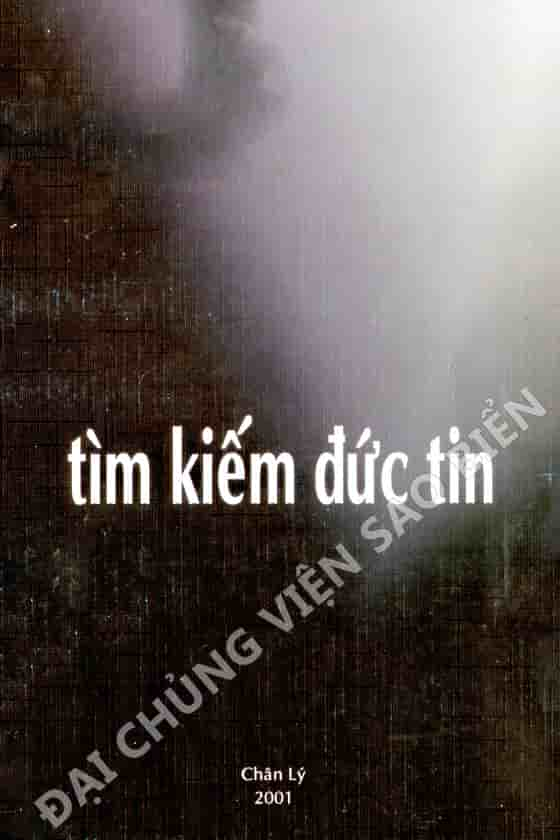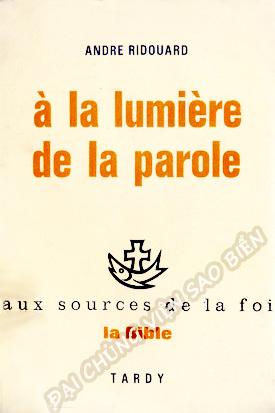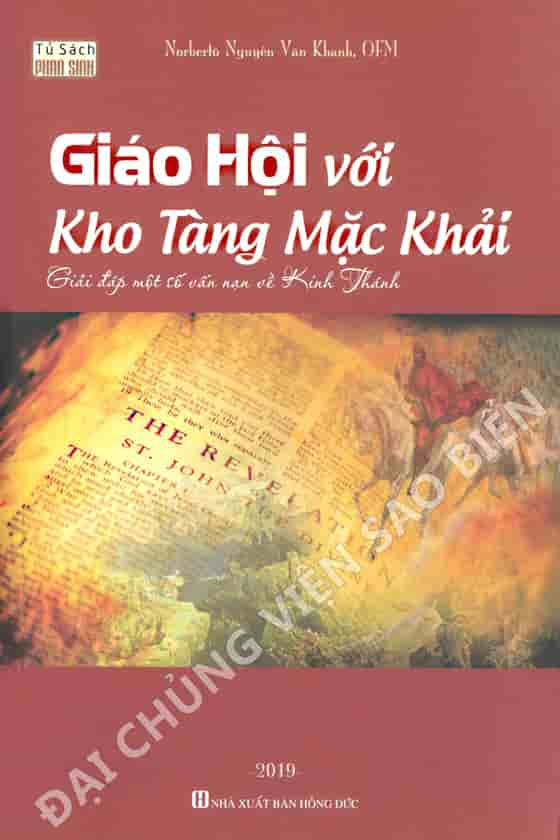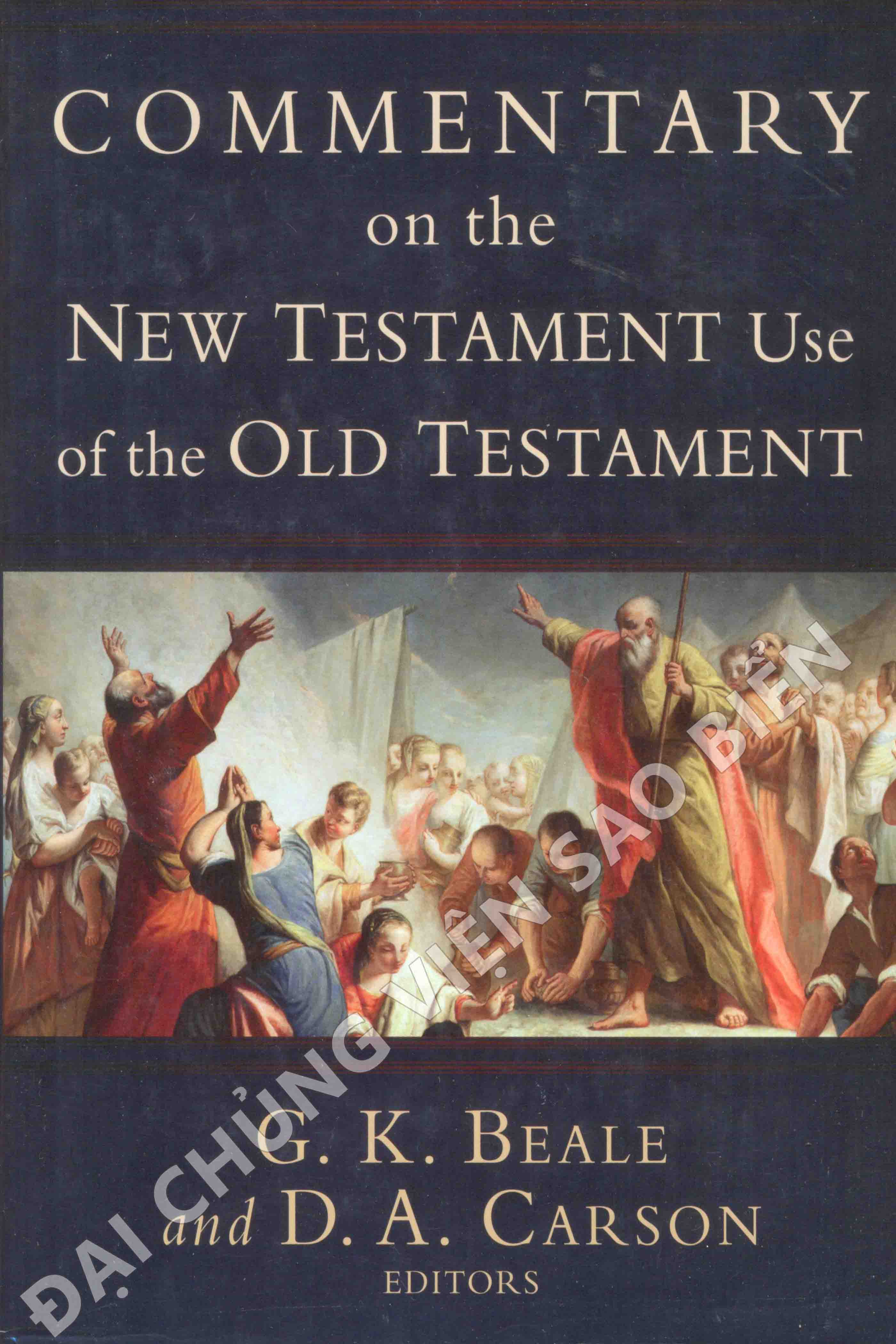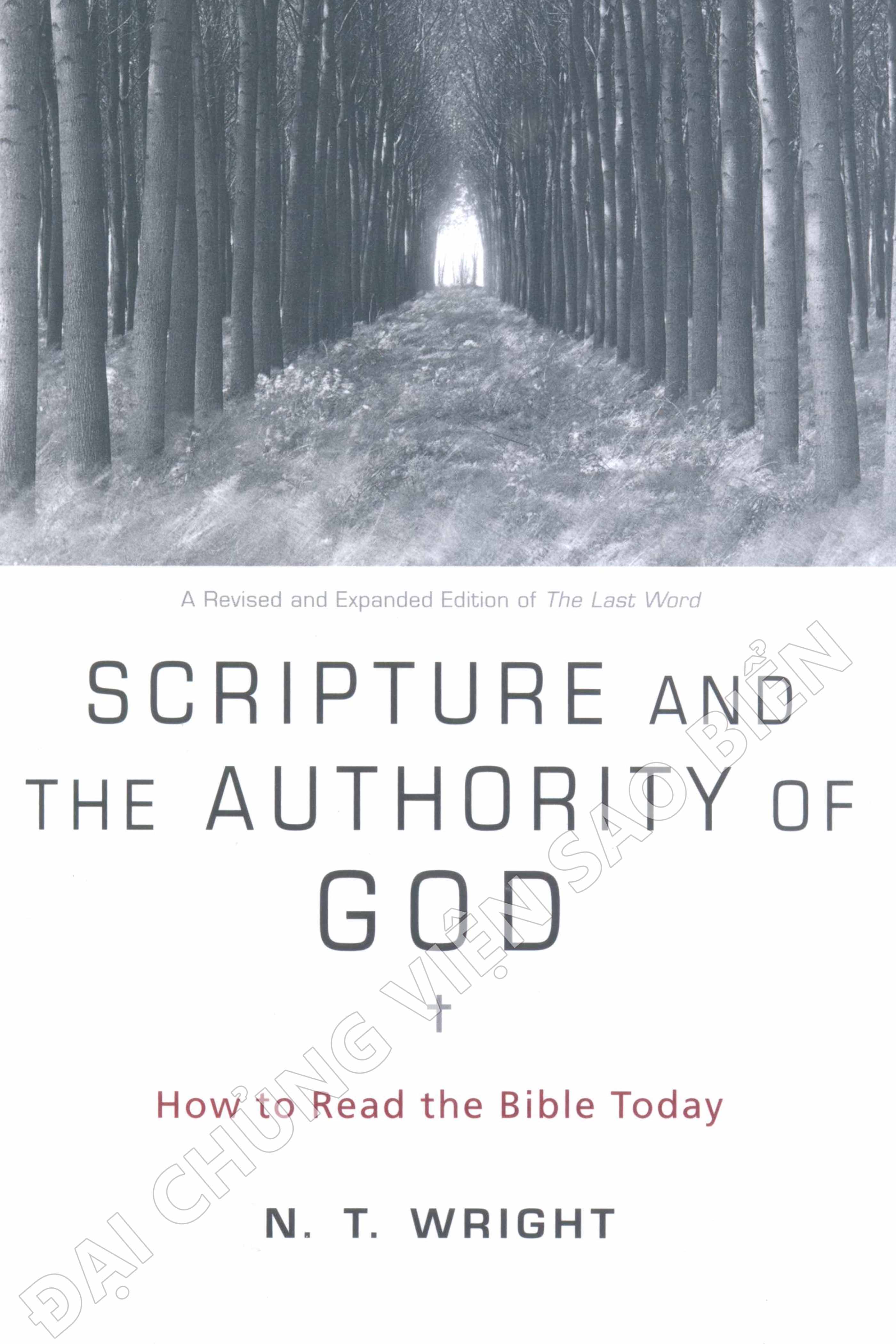| Foreword |
|
|
|
23 |
| Preface |
|
|
|
25 |
| Part One: General introdution to the Bible |
|
|
|
|
| A. Name and Nature |
|
|
|
29 |
| 1. The name "Bible" |
|
|
|
29 |
| 2. Nature of the Bible |
|
|
|
30 |
| B. The Bible and Inspiration |
|
|
|
34 |
| 1. Biblical substantiation |
|
|
|
34 |
| 2. Concept of Scriptural inspiration |
|
|
|
36 |
| 3. Rejected theories of inspiration |
|
|
|
37 |
| 4. Karl Rahner on inspiration |
|
|
|
39 |
| 5. I.H. Marshall on Biblical inspiration |
|
|
|
41 |
| 6. Scriptural inspiration, a community charism |
|
|
|
42 |
| 7. Biblical inspiratio, a community charism |
|
|
|
42 |
| 8. Church teachings on Biblical inspiration |
|
|
|
44 |
| C. The Bible as Testament |
|
|
|
47 |
| 1. Etymological meaning |
|
|
|
47 |
| 2. Testament as a convenant or treaty |
|
|
|
47 |
| D. The Bible as Canon |
|
|
|
48 |
| E. Formation of the Bible |
|
|
|
49 |
| 1. Formation of the OT Books |
|
|
|
49 |
| 2. Formation of the New Testament Books |
|
|
|
53 |
| F. Canonization of the Books of the Bible |
|
|
|
63 |
| 1. The Old Testament Canon |
|
|
|
63 |
| 2. The New Testament Canon |
|
|
|
69 |
| G. Intertestamental Literature |
|
|
|
71 |
| 1. Apocalypse |
|
|
|
73 |
| 2. Apocrypha |
|
|
|
74 |
| 3. Pseudepigrapha |
|
|
|
78 |
| 4. Dead Sea Scrolls (DSS) |
|
|
|
78 |
| H. Script of the Bible |
|
|
|
80 |
| 1. The Old Hebrew script |
|
|
|
80 |
| 2. The Assyrian or Square script |
|
|
|
80 |
| I. Writing Materials |
|
|
|
80 |
| J. Divisions of the Bible |
|
|
|
84 |
| 1. Jewish divistion |
|
|
|
84 |
| 2. Christian divitions of the Old Testament |
|
|
|
85 |
| 3. Divisions of the New Testament |
|
|
|
86 |
| K. Jewish Division of the Text of the Hebrew Bible |
|
|
|
87 |
| 1. Parashah |
|
|
|
87 |
| 2. Parashah petuhah and parashah setumah |
|
|
|
88 |
| L. Division of the Biblical Books |
|
|
|
89 |
| M. Languages in the Bible |
|
|
|
90 |
| N. The Hebrew Bible (MT) |
|
|
|
92 |
| 1. Masoretes |
|
|
|
92 |
| 2. Masoretic notes |
|
|
|
95 |
| 3. Errors in the text |
|
|
|
95 |
| 4. Two main Hebrew editions of the Bible |
|
|
|
98 |
| 5. Manuscripts of the Hebrew Bible |
|
|
|
100 |
| O. The Samaritan Pentateuch |
|
|
|
102 |
| 1. Origin |
|
|
|
102 |
| 2. Differences from other versions |
|
|
|
102 |
| P. The Septuagint (LXX) or the Greeek Bible |
|
|
|
103 |
| Q. Other Greek Versions |
|
|
|
108 |
| R. Targum (T), the Aramaic Bible |
|
|
|
109 |
| S. Peshitha (S), the Syriac Version |
|
|
|
110 |
| T. Latin Versions |
|
|
|
110 |
| U. Coptic and Other Versions |
|
|
|
112 |
| V. English Vesrions |
|
|
|
113 |
| W. Two Types of Bibilcal Interpretation |
|
|
|
116 |
| X. Two Forms of Jewish Commentaries |
|
|
|
118 |
| Y. Two Jewish Methods of Teaching |
|
|
|
121 |
| Z. Two Aberrations in the Use of the Bible |
|
|
|
122 |
| Part Two: Biblical Geography |
|
|
|
129 |
| Chapter One: The Land of the Bible |
|
|
|
129 |
| Chapter Two: Gospel Geography |
|
|
|
141 |
| A. Palestine of Jesus'Time |
|
|
|
141 |
| B. The Region of Decapolis |
|
|
|
182 |
| Part Three: Biblical History |
|
|
|
187 |
| Chaper One: Prehistory and Primeval History |
|
|
|
187 |
| Chapter Two: Patriarchal History |
|
|
|
193 |
| Chapter Three: Slavery, Liberation, Exodus and Journey towards Canaan |
|
|
|
200 |
| Chapter Four: Deuteronomistic History |
|
|
|
204 |
| Chapter Five: The United Kingdom of Israel and the Dynasty of David |
|
|
|
208 |
| Chapter Six Divistion into Two Kingdoms |
|
|
|
219 |
| Chapter Seven: The Fall of Judah and the Babylonian Exile |
|
|
|
229 |
| Chapter Eight: The Persian, Greek, Maccabean and Roman Periods |
|
|
|
232 |
| Part Four: Biblical Archaeology |
|
|
|
249 |
| Part Five: Biblical Hermeneutics and Exegesis |
|
|
|
261 |
| A. Introdution |
|
|
|
261 |
| B. Historical-Critical Method: the Diachronic Approach |
|
|
|
290 |
| C. Literary-Critical Method: the Synchronic Approach |
|
|
|
304 |
| D. Orther Criticisms |
|
|
|
307 |
| E. Conclusion |
|
|
|
308 |
| Part Six: Some Special Themes from the Bible |
|
|
|
315 |
| A. Some Old Testament Themes |
|
|
|
315 |
| B. Some Christological Feasts |
|
|
|
335 |
